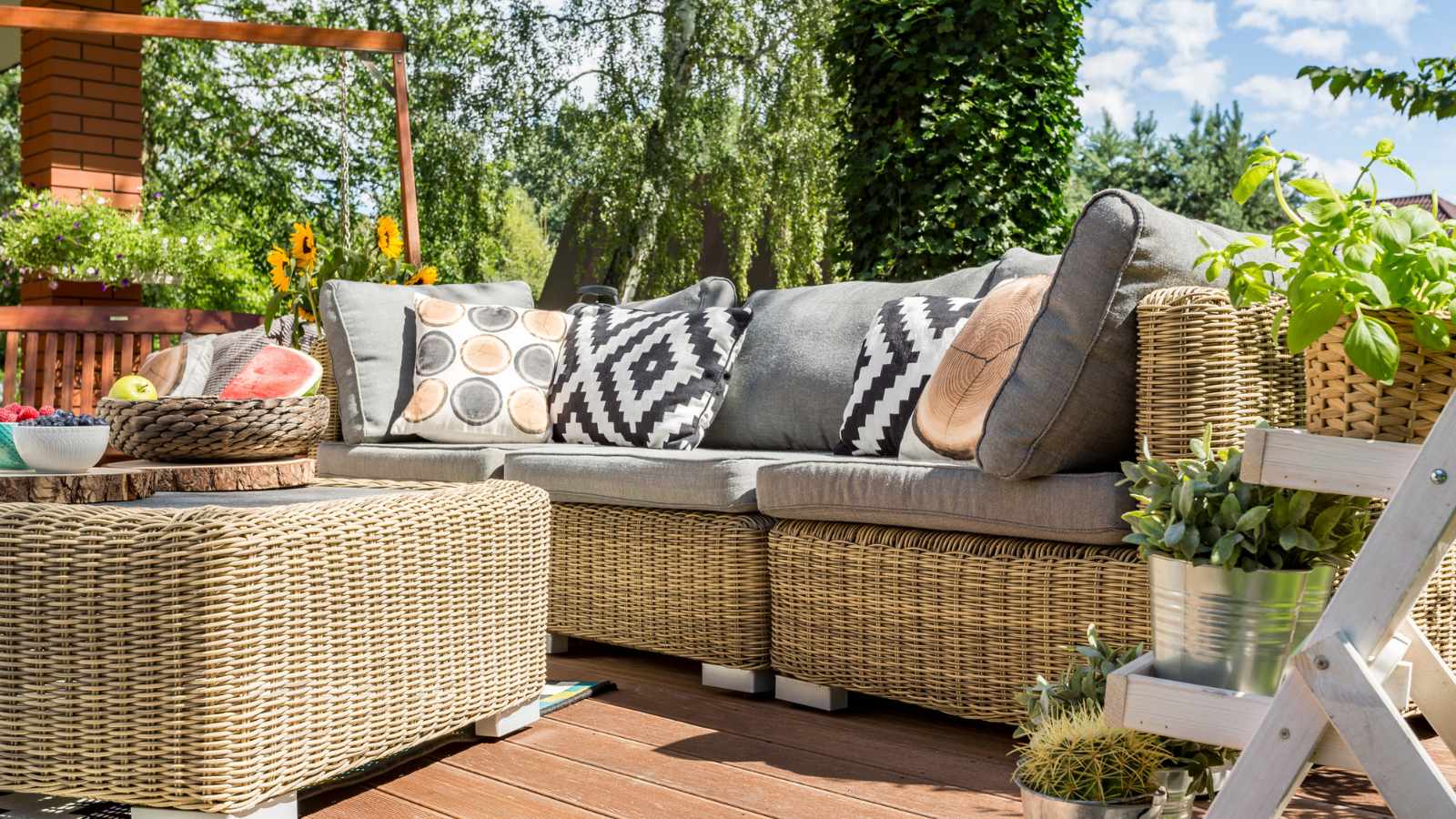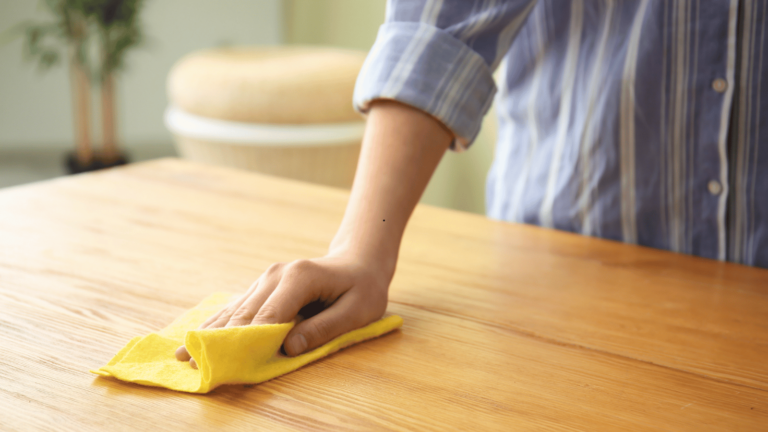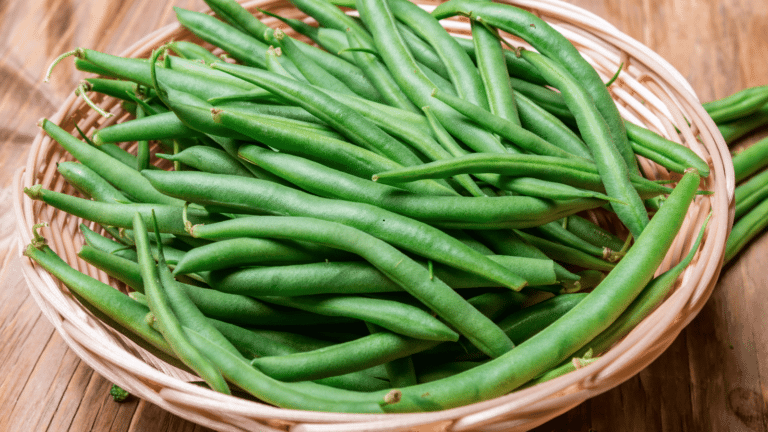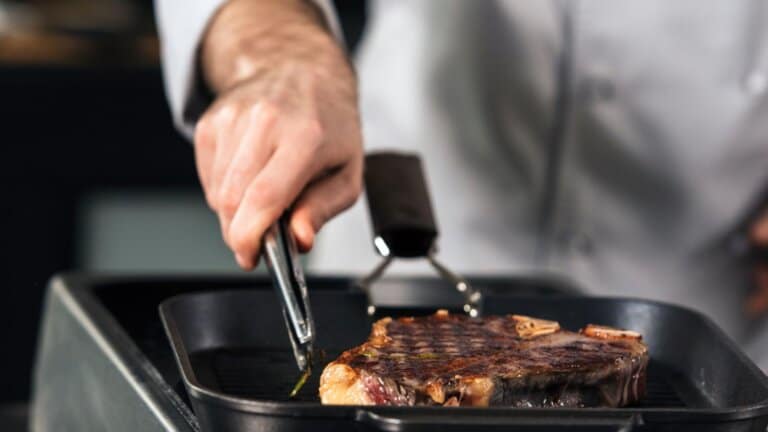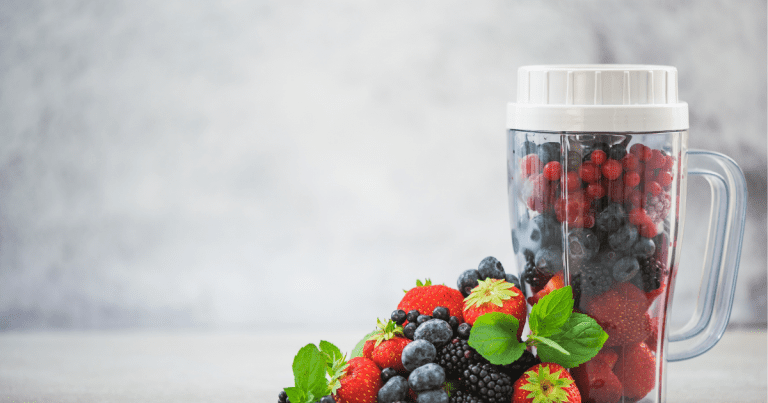9 Clever Small Backyard Ideas to Maximize Every Inch of Your Space
Let me tell you about my first backyard. It wasn’t really a backyard. It was more of a… well, my friends kindly called it a “patio,” but in reality, it was a sad, 15-by-20-foot rectangle of dusty ground and patchy weeds.
It was the designated bathroom for my dog, a graveyard for fallen leaves, and, honestly, a source of major disappointment. I had this grand vision of the American dream—a sprawling lawn, a big deck, maybe a tire swing. Instead, I got a space that felt more like an outdoor closet.
The classic sprawling yard is becoming a rarity. Coohom, an interior design platform, reports that in many cities, a typical yard is just 1,500 to 3,000 square feet, a fraction of the suburban standard. According to StorageCafe, the median lot size in Indianapolis is almost ten times larger than that of Philadelphia.
Go Vertical: Your Walls Are Your New Acreage
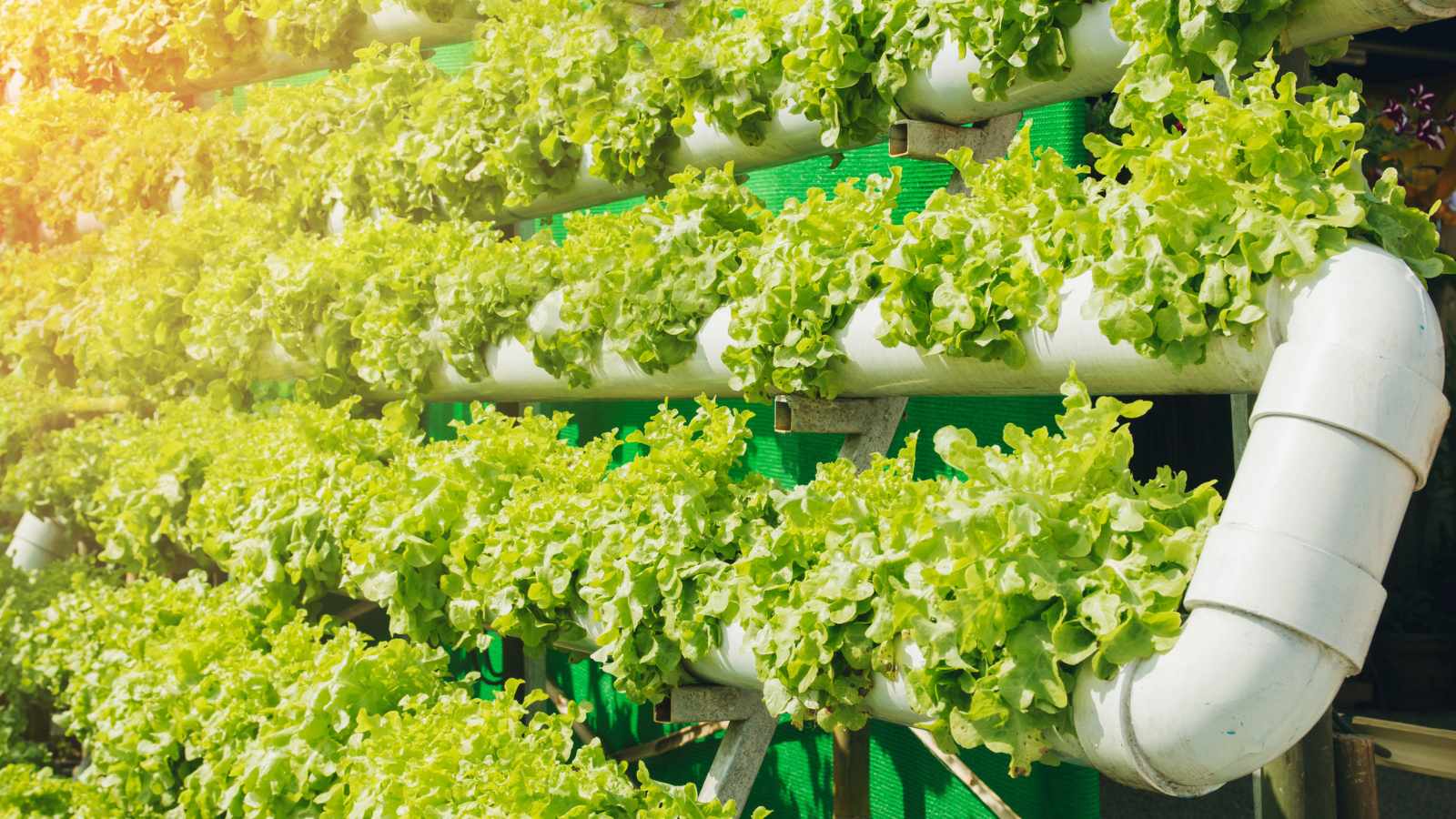
Create ‘Rooms’ Without Walls: The Art of Zoning
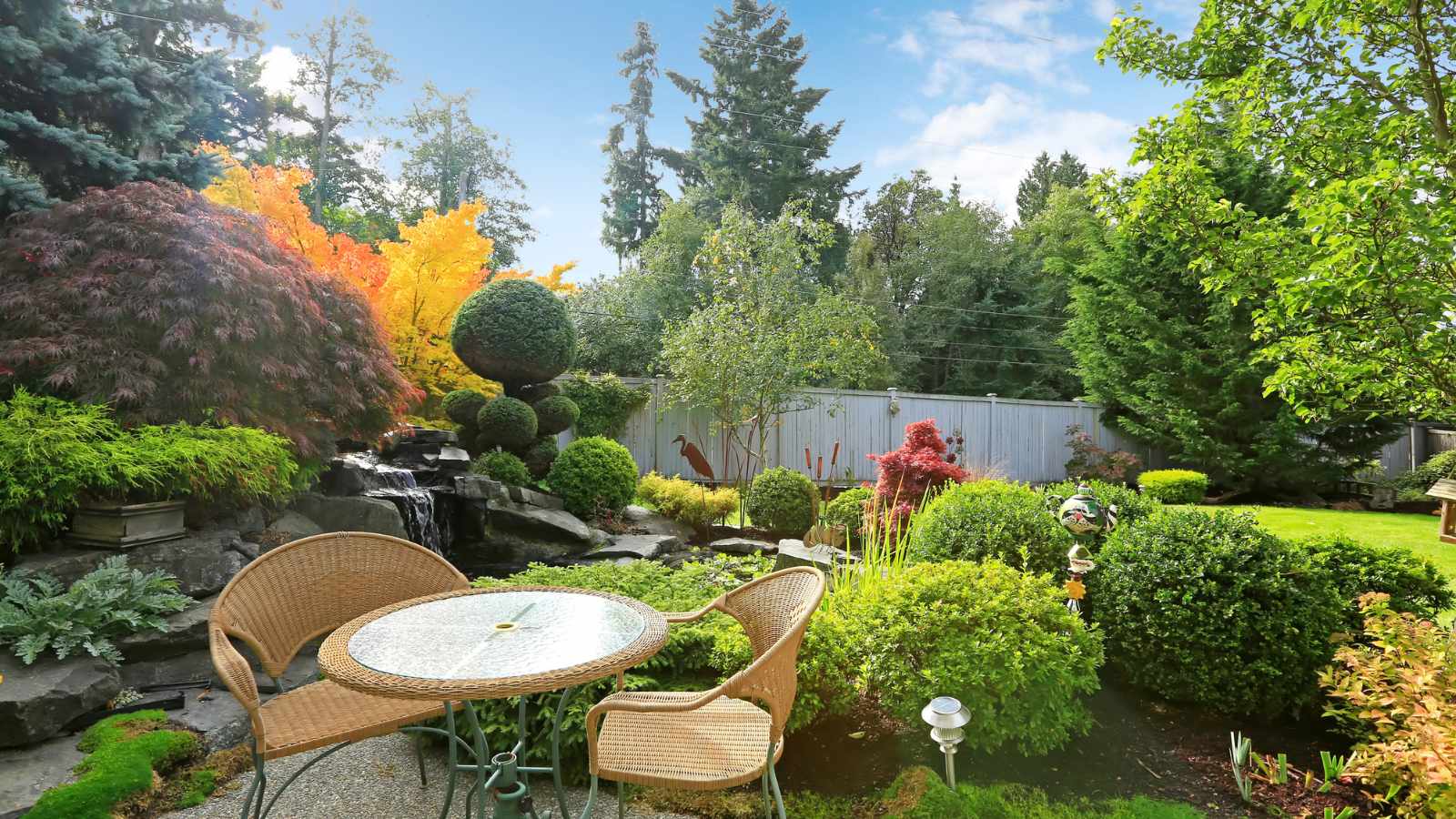
Choose Furniture That Does Double Duty
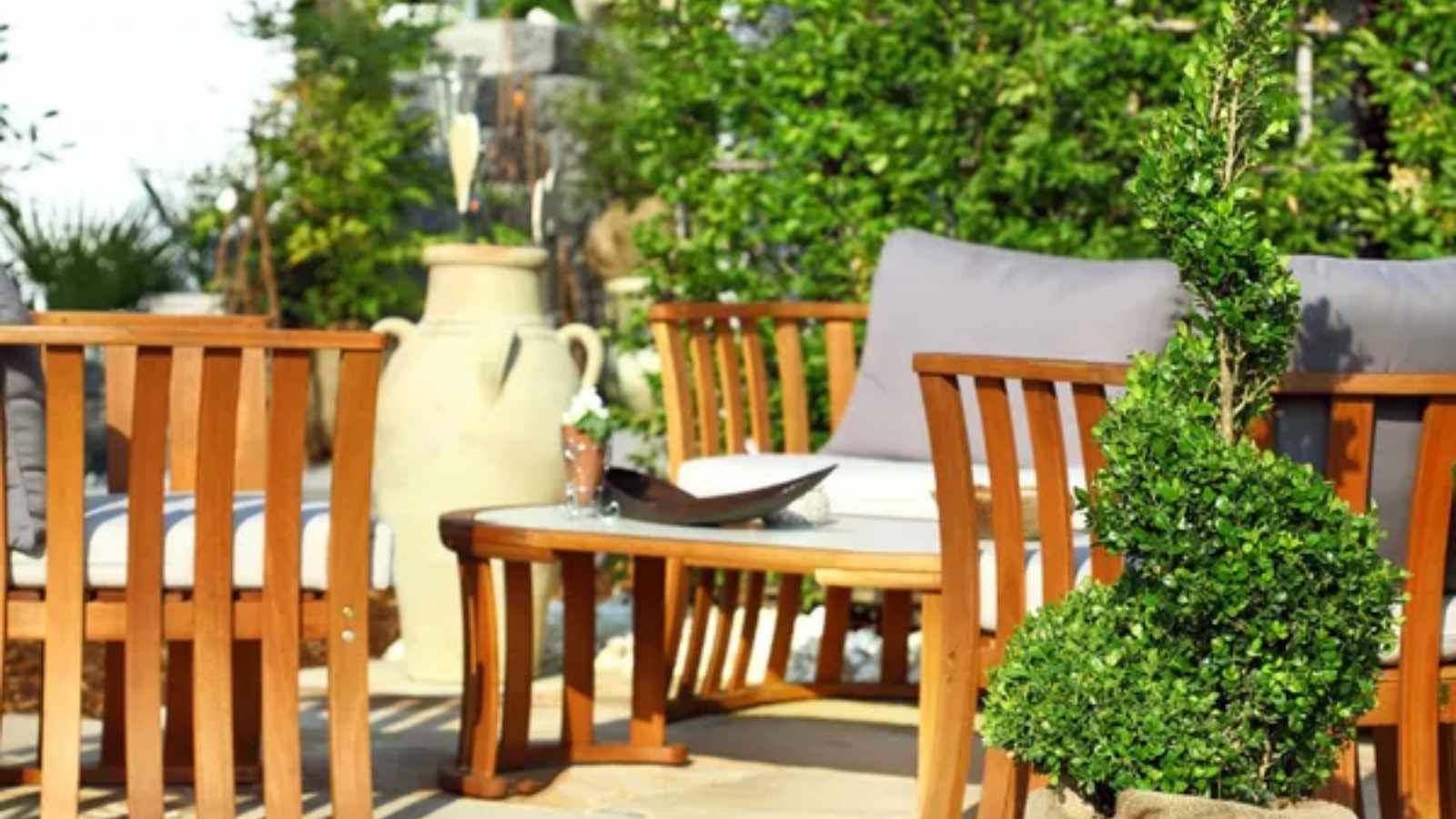
When I started shopping for my tiny patio, I fell in love with a huge, cushy outdoor sectional. It was beautiful, but it would have eaten up my entire backyard. I quickly realized that in a small space, every single piece of furniture has to earn its keep.
It can’t just be pretty; it has to be a hard-working, multitasking genius. As the experts at Rooms To Go put it, for a small patio, “multifunctional furniture will be key.” An outdoor storage bench is non-negotiable; it’s the perfect place to store cushions, tools, and other essentials.
Fire pit tables are another ultimate multifunctional piece, providing a focal point, warmth, and a surface for drinks all in one footprint. Also, be strategic with scale. Choose armless chairs to save inches, and consider backless stools that can be tucked completely under a table when not in use, freeing up valuable floor space.
Plant Smart: Think Tall & Skinny, Not Short & Wide
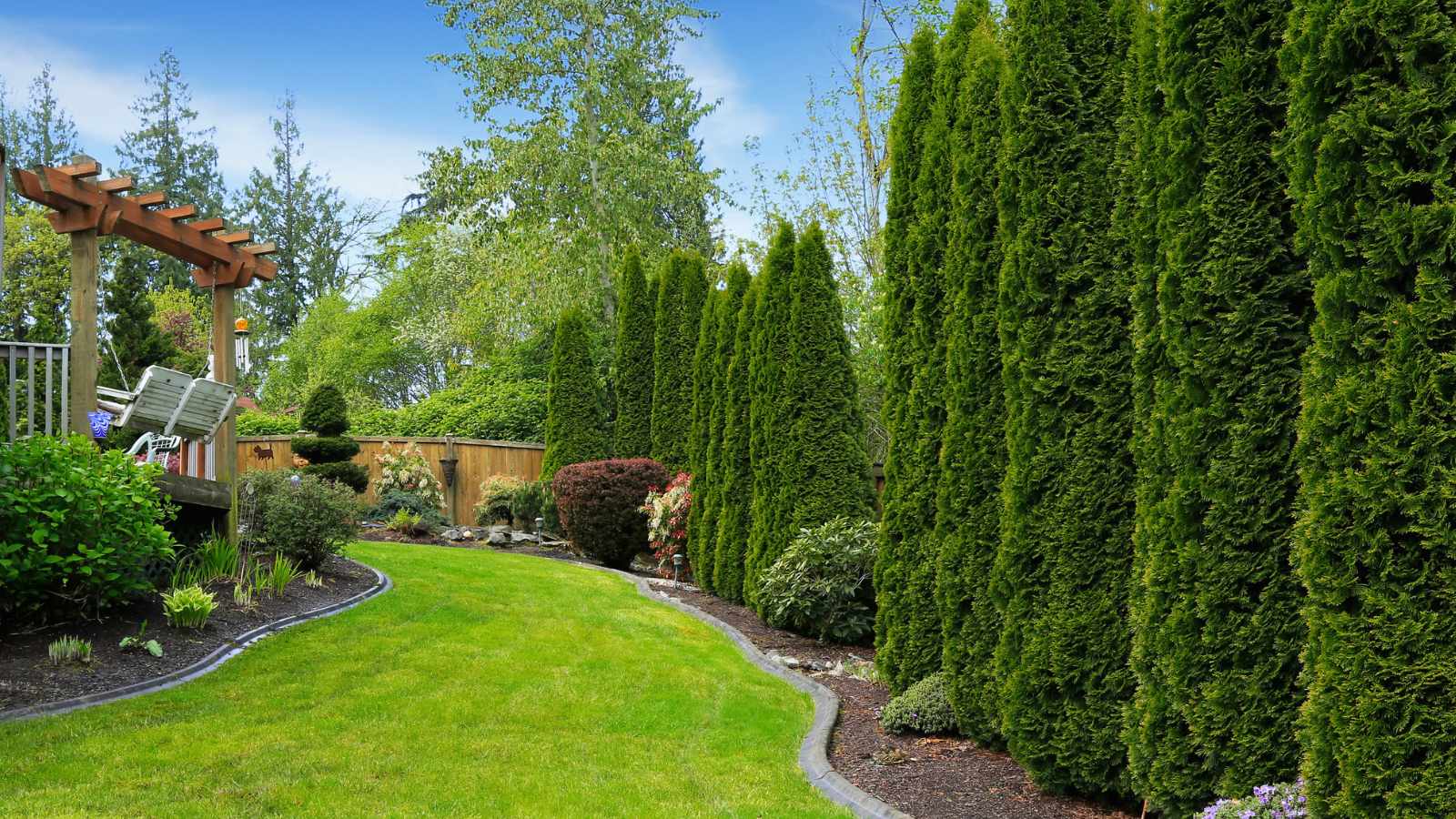
I made a classic rookie mistake in my first garden. I fell in love with a gorgeous, sprawling hydrangea at the nursery. I brought it home, planted it in the corner, and within two years, its beautiful but enormous branches were reaching out like giant arms to devour half my seating area.
I had to perform a brutal pruning every year just to be able to walk by it. It taught me the most important rule of small-space planting: right plant, right place. The secret to lushness without sacrificing space is to stop thinking wide and start thinking up.
You want plants with a naturally narrow, upright growth habit. The University of Florida Extension advises choosing “tall but narrow plants that maintain their form like ‘Sky Pencil’ holly or clumping bamboo to create effective screens.”
Trick the Eye with Clever Layouts and Color
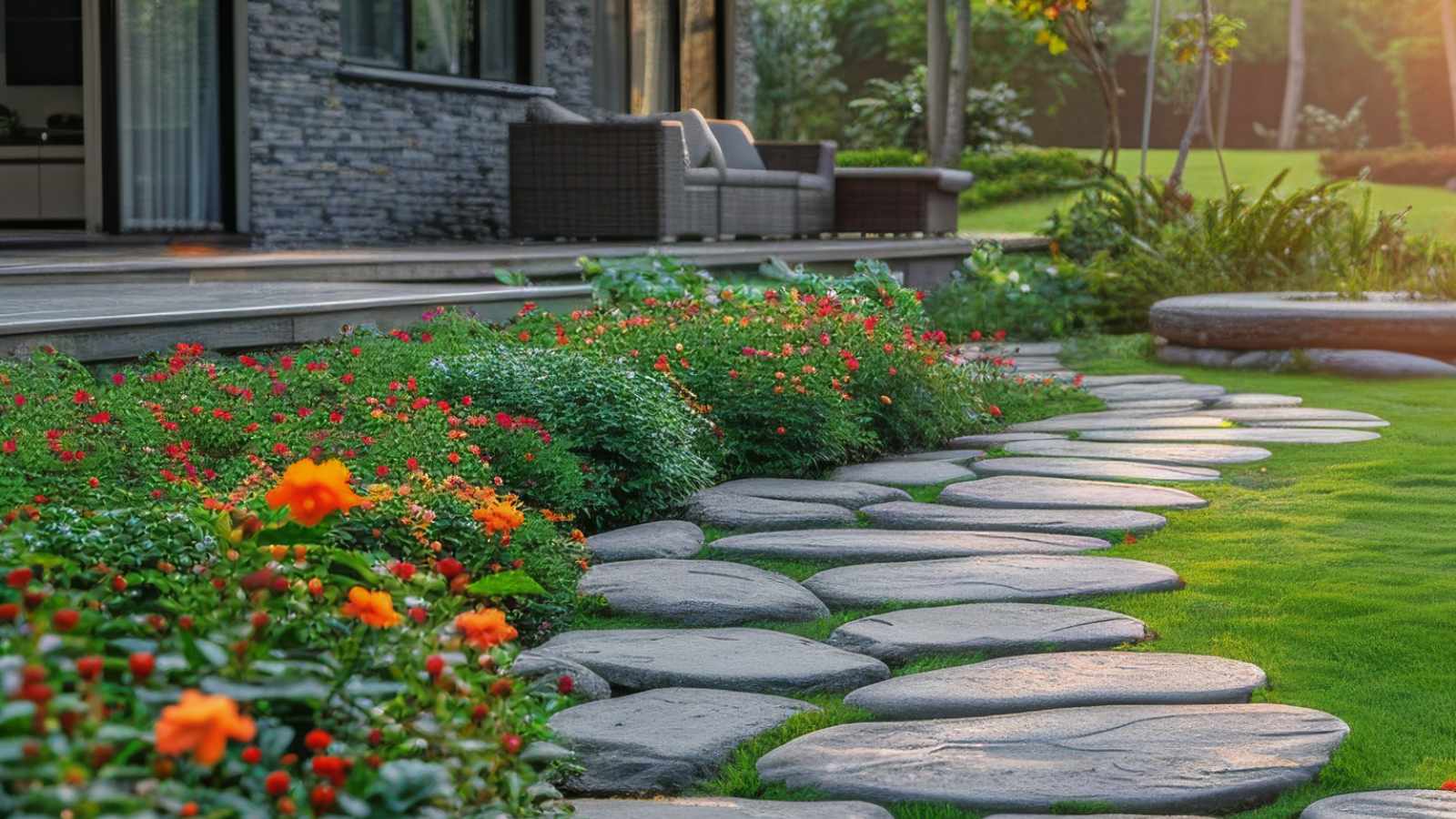
Add a Sparkle with a Portable Fire Pit
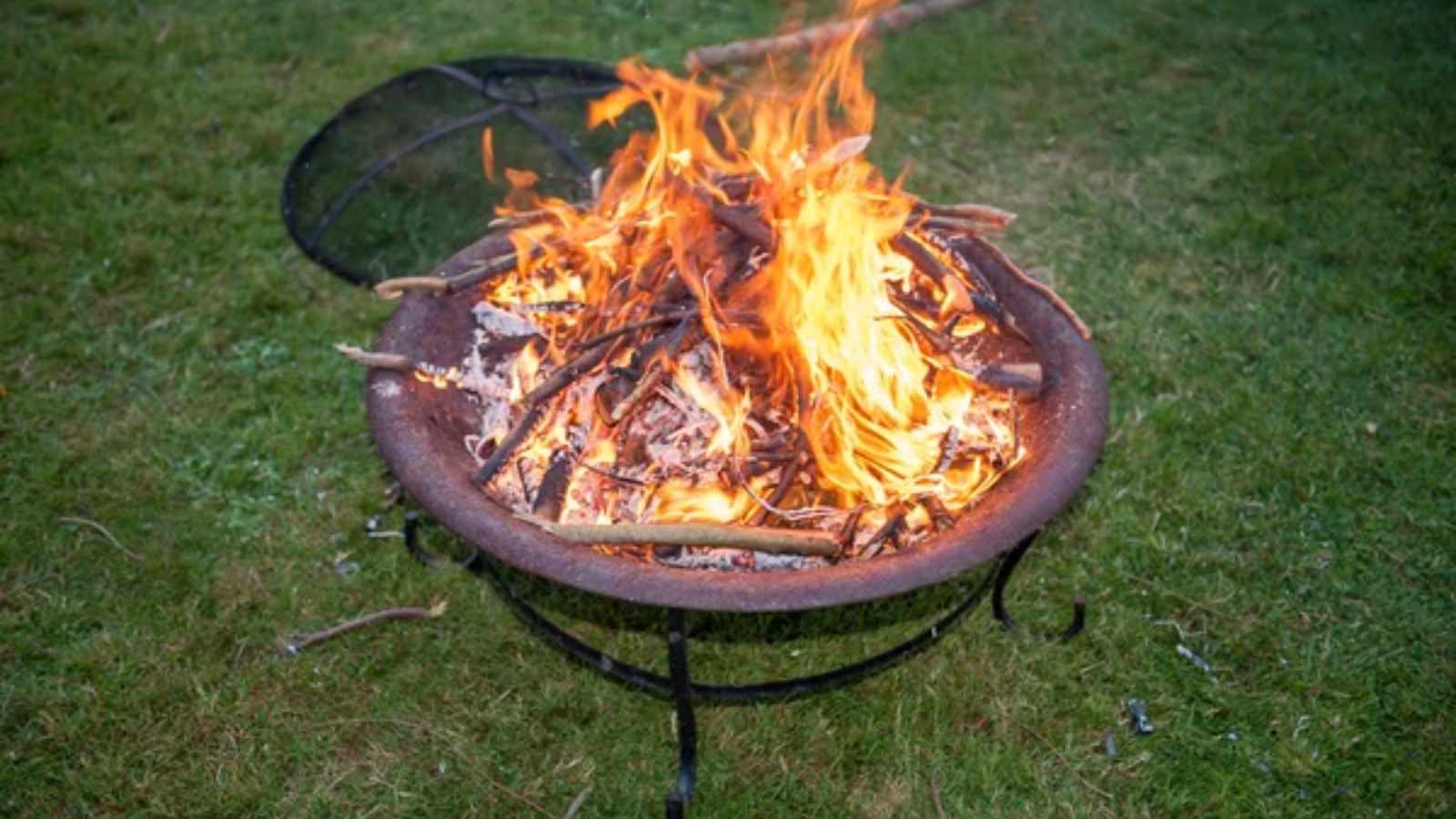
I’ll never forget the first time we had friends over after getting our little fire pit. It was a cool summer evening, and we all just naturally gathered around it, drinks in hand, talking for hours. That simple metal bowl instantly became the heart of our backyard—our own little urban campfire.
You don’t need a massive, built-in hearth. One of the biggest trends for 2025 is the portable fire pit, which is perfect for small backyards or patios where space is limited. These smaller units give you all the ambiance without the cost or permanence.
Light It Up for 24/7 Ambiance
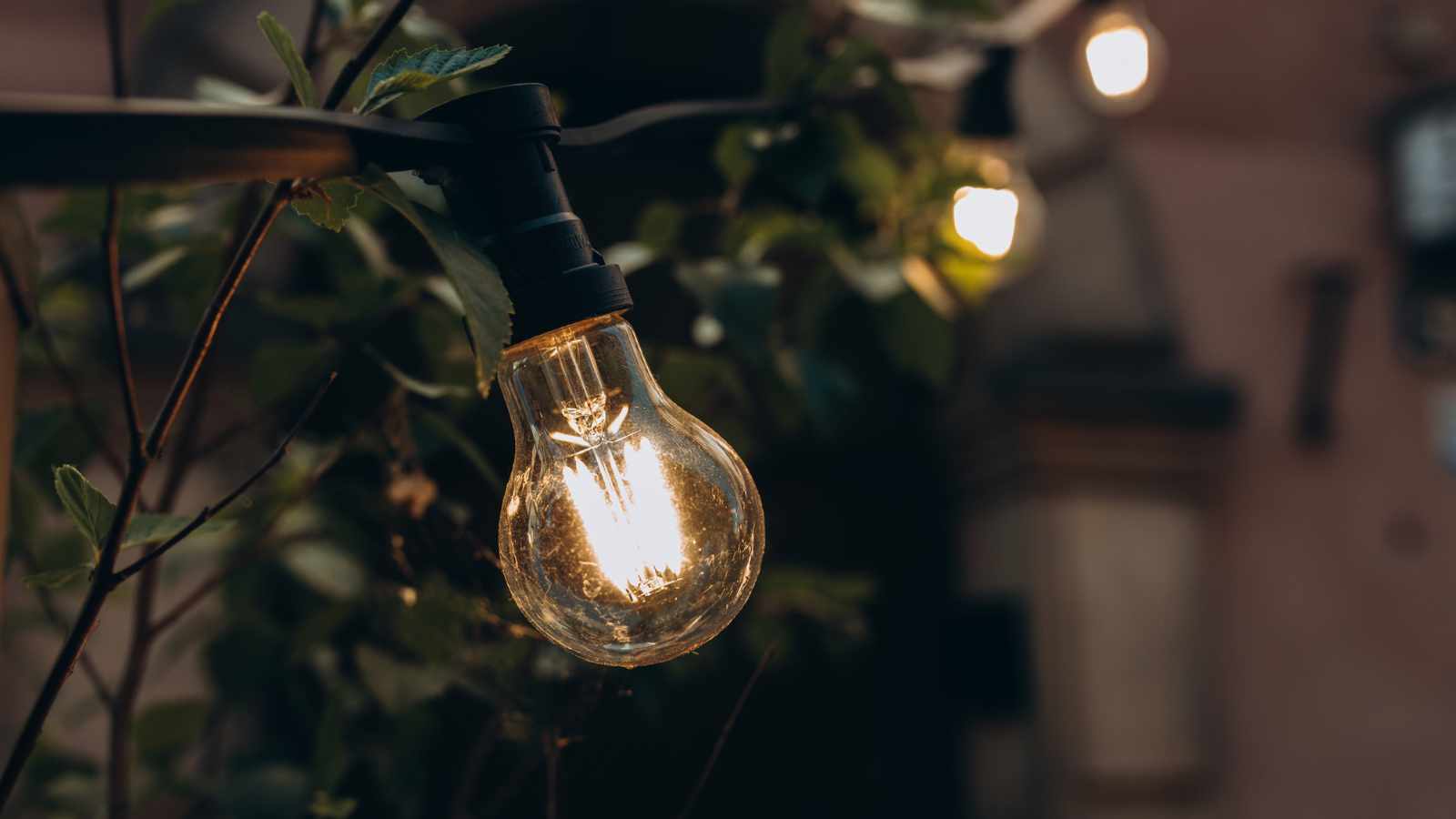
Before I installed outdoor lighting, my backyard basically ceased to exist after sunset. It was just a dark, slightly spooky rectangle that I kept the door locked on. The change that a few well-placed lights made was nothing short of miraculous.
Suddenly, I had a whole new space—a magical, glowing retreat that was perfect for a quiet evening glass of wine or entertaining friends. Good lighting can literally double the amount of time you can enjoy your yard. The secret is to think in layers.
First, use ambient lighting, like outdoor string lights, to create an overall soft glow. Second, add task lighting, like a sconce by the grill, for specific jobs. Lastly, use accent lighting, like a small spotlight, to uplight a beautiful tree and create drama.
Pack a Punch with High-Impact Containers
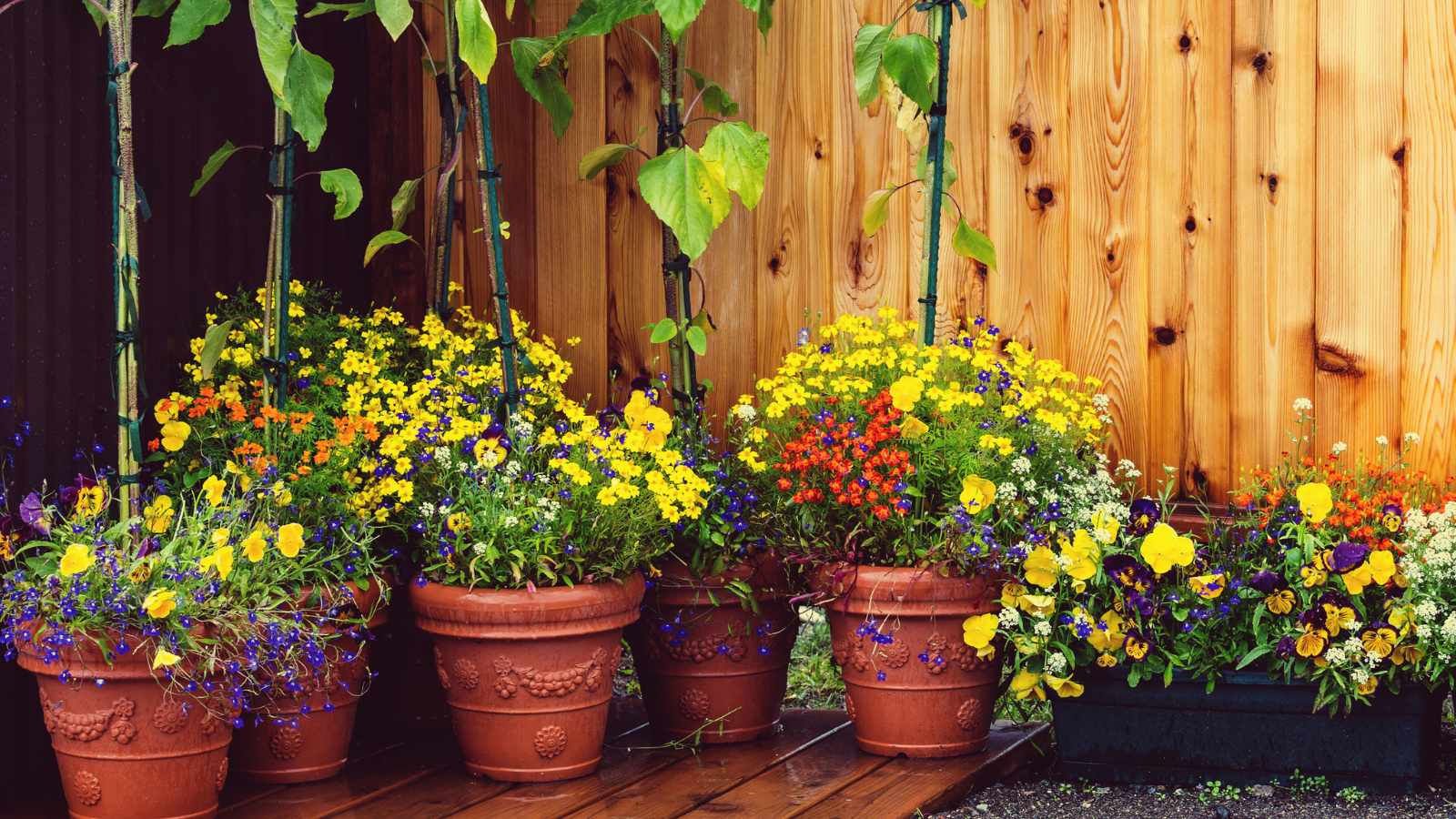
In a big garden, you can get away with a few underperforming plants. But in a small backyard, every single plant has to pull its weight. You just don’t have the space for anything that’s boring or only looks good for two weeks out of the year.
This is especially true for your container gardens. Every pot needs to be a showstopper, a miniature masterpiece packed with color, texture, and interest. My early attempts at container gardening were pretty pathetic.
I’d stick one lonely geranium in a pot and call it a day. It looked sparse and sad. Then I discovered the simple but brilliant formula that garden designers and horticultural societies have been using for years: “Thriller, Filler, Spiller.“
- The Thriller: A tall, dramatic plant in the center for height.
- The Filler: Bushy plants that surround the thriller, making the pot look full.
- The Spiller: Trailing plants that cascade over the side, softening the container’s edges.
Make It Edible (and Beautiful)
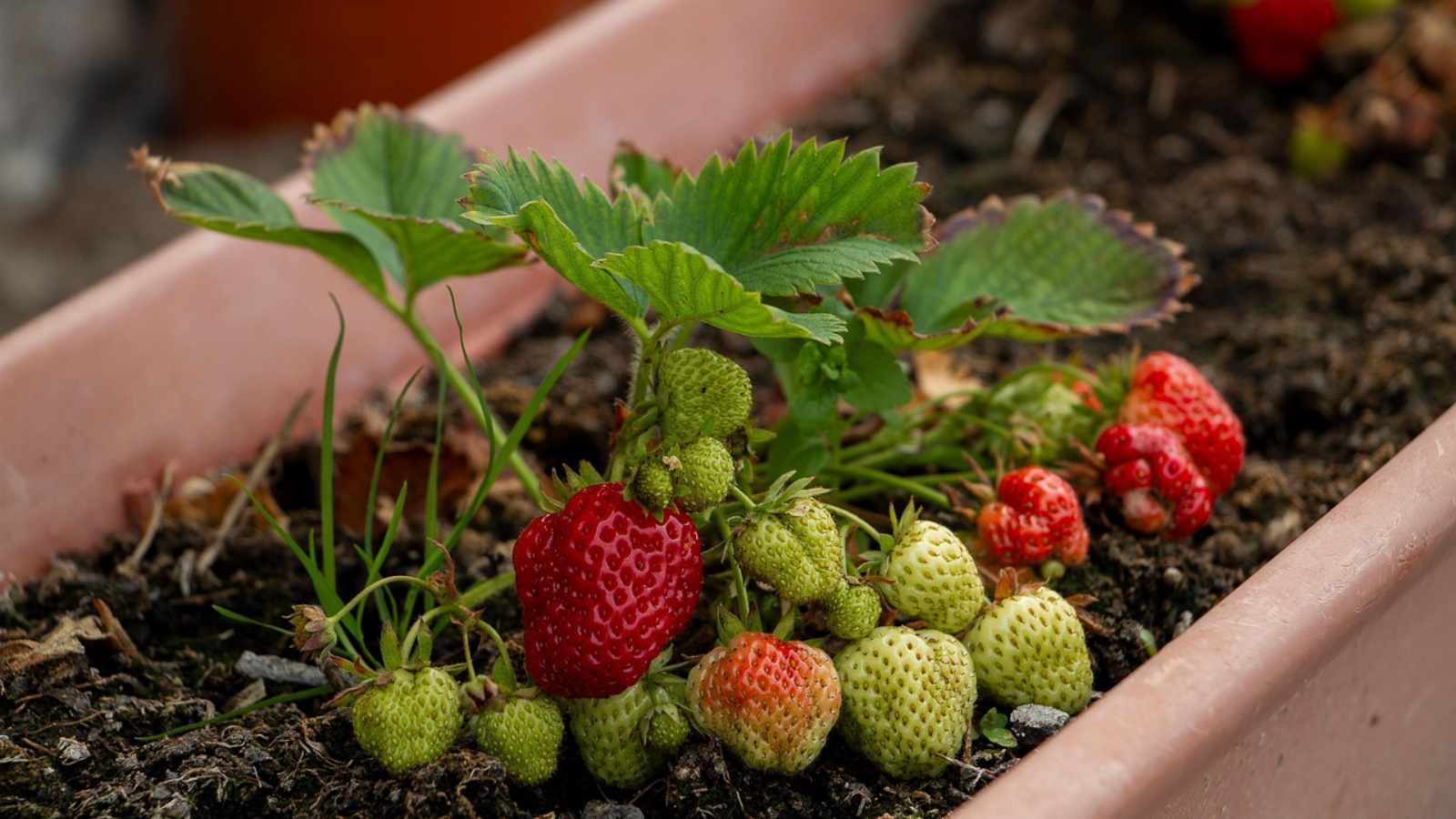
Your Small Yard Isn’t a Limitation—It’s an Opportunity
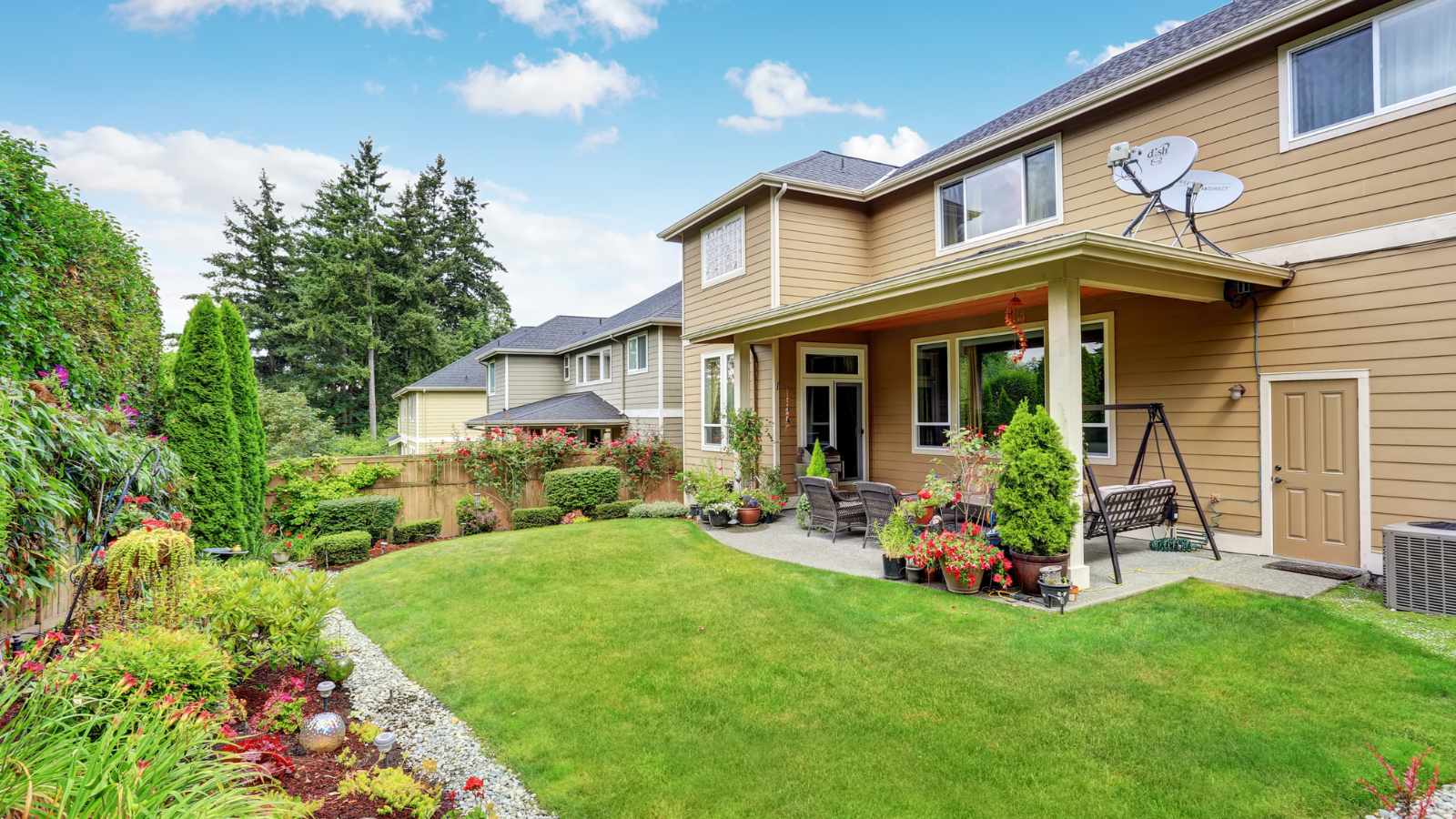
When I look at my little backyard now, I don’t see the sad patch of dirt it once was. I see my dining room, where we have dinner on warm nights under a canopy of string lights. I see my lounge, where I curl up with a book and listen to the gentle bubbling of my tiny fountain.
I see my vertical herb garden, my high-impact containers bursting with color, and the warm glow of the fire pit waiting for friends to gather around. A small space doesn’t have to be a compromise. In fact, it forces you to be more creative, more intentional, and more clever.
It challenges you to make every single inch count. It’s not a lesser version of a big yard; it’s a different kind of paradise—one that is intimate, manageable, and deeply personal. It’s a space where every element has a purpose and every plant tells a story.
By thinking vertically, creating zones, choosing smart furniture, and using clever design tricks, you can transform any small space into a valuable and beautiful extension of your home and life. It’s a project that pays you back not just in curb appeal, but in peace of mind, joy, and connection.

